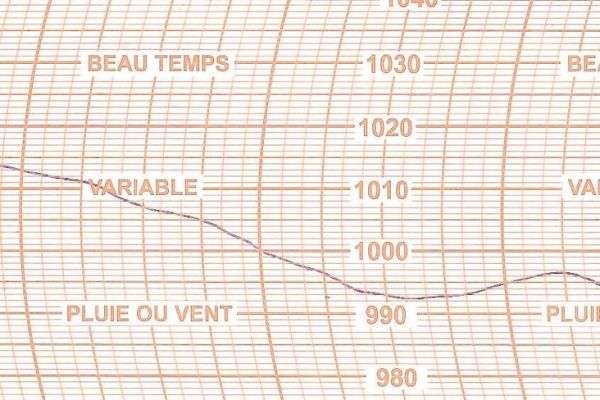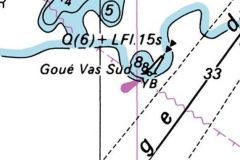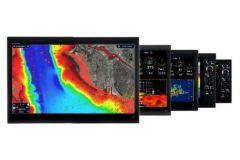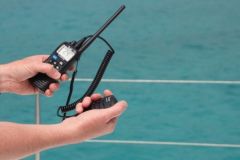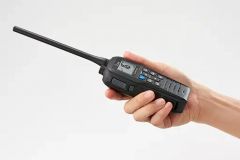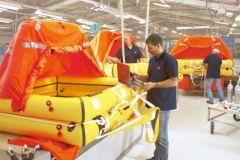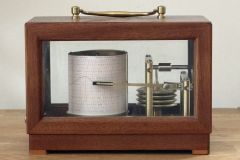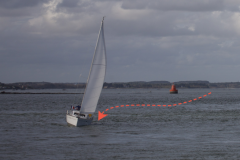Every week, we present you with a question about your boating license. To help you validate your knowledge, or to discover new and unexplored areas. This week, we tackle a question about the weather.
Pressure measurement
A barometer measures ambient atmospheric pressure. It does not anticipate this pressure. This pressure oscillates between 960 and 1060 hPa, measured in hectopascals. The average pressure at sea level is 1013 hPa.
The lower the needle, the more we're heading for a low-pressure system, and the worse the weather is likely to be. On the other hand, a rising barometer needle indicates the arrival of a high-pressure system, and therefore fine weather.
The importance of variations
Pressure variations, the speed at which the barometer needle moves over time, indicate changes in the weather. Thus, a barometric trough heralds the approach of a low-pressure system. The barometer indicates this dip over a period of 3 to 12 hours in advance. The barometer is therefore a good indicator for short-term local weather forecasting. But this indicator needs to be complemented by observation of clouds and wind direction, in particular, for a perfect weather analysis.

The deeper the trough, the greater the gradient or pressure drop, and the more violent the wind and rain forecast. In our example, the trough we recorded heralded a severe winter storm on our coasts. Conversely, a sudden drop in the barometer in summer, accompanied by heat, heralds a thunderstorm.
